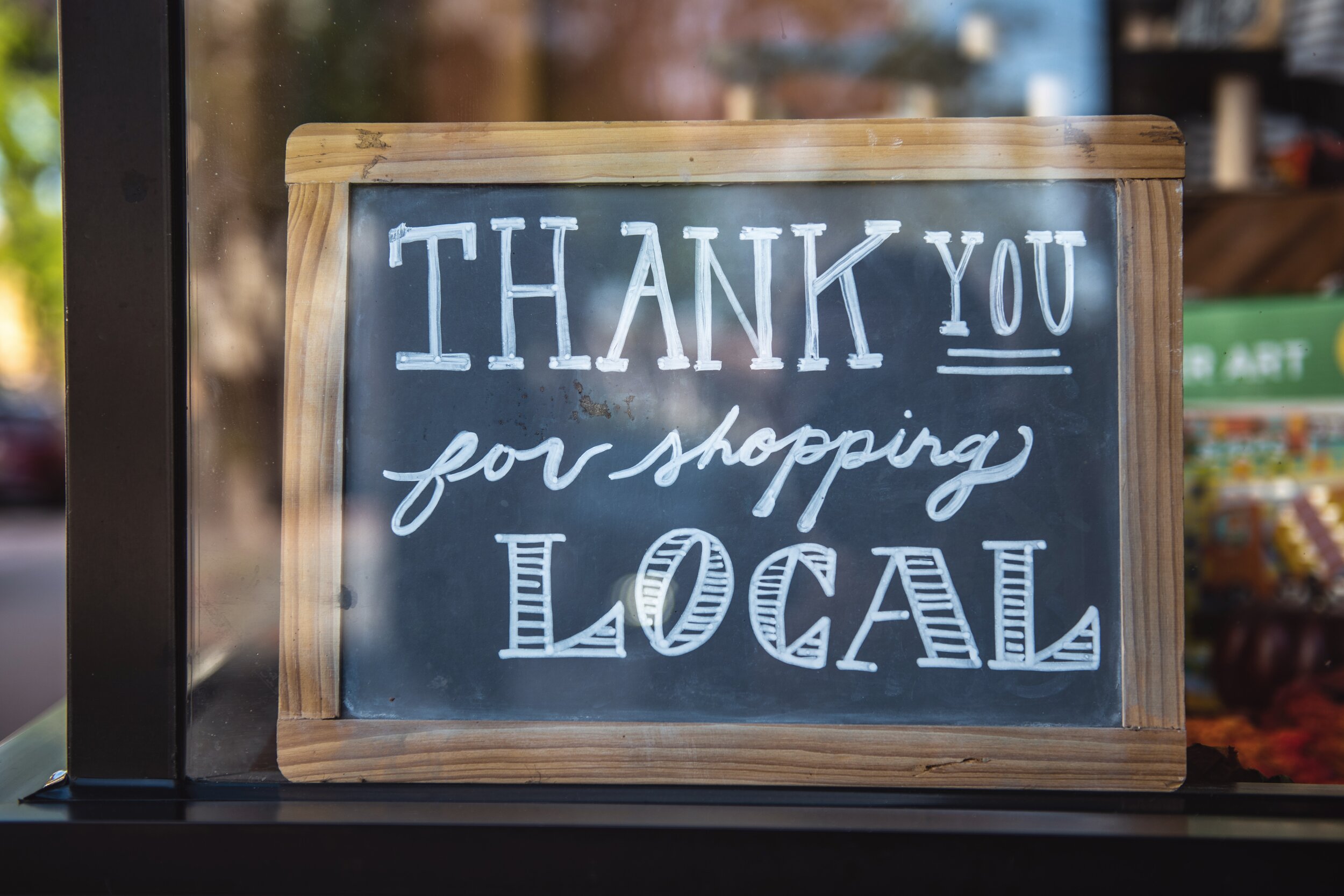Amy Segerstrom
How quickly life can change. In the blink of an eye, things I thought were reasonably certain are now just as reasonably uncertain. Aspects of life I have taken for granted, which served as a sort of anchor when my feet hit the floor every morning, are now a question mark.
Fear, never a welcome visitor, has set up camp in my home, binging on Cadbury mini eggs and hoarding toilet paper. Nights, it crawls into my bed, stealing my sleep and blankets.
As the crisis deepens, reducing Fear’s presence seems more a process of accepting our changed circumstances than waiting for life to return to the way things were before. Such acceptance, I’m learning, is not about getting rid of Fear, but about holding it with Hope.
For me, Hope is that daily practice inviting me to hold all that is and is yet to come –the fear, frustration, sadness, grief-with compassion for myself and others. I am reminded of Sister Michaela Hedican, former Prioress of St. Bede’s Monastery, who once said to me, “Hold that lightly, Dear.” When Fear’s grip tightens, Hope wraps me ever so lightly in its gentle embrace and nudges me towards the rocker, where we quietly sit, listening to the birds.
Like everyone else, I go about my business as best I can. I drink my morning shake, (occasionally) exercise, shower, and flip on the computer. When the words on the computer grow fuzzy, I take a break. When the pantry gets low, I take a drive to the store, hoping what I need will be there and that I recognize a face or two I can safely wave at from a distance.
Day by night, sun and moon come and go. Winter retreats. Spring rushes in. The cycles of nature unfold, revealing themselves as trustworthy. There is more life here than death. Both are worthy of my attention. Hope steers me towards the next right step: check on loved ones, love ones who need checking, lather, rinse, repeat.
Hope reminds me of the kindness of people like my daughter’s co-worker who sewed masks for all her colleagues at the clinic where she works, or tells me a story like that of the Chippewa Valley couple whose guests honked joyfully from their cars in the parking lot as they emerged from the church, newly married.
Skillfully, Hope untangles Fear and braids back new connections, tosses Fear a rope, ties a pink “New Baby” balloon on a neighbor’s mailbox; Indra’s net grows wider and more visible.
Practicing Hope increases its volume until it overflows. Like the Italians from their balconies, Hope bursts into boisterous song, beckoning us to join in.
Slowly, surely, I heed Hope’s call. Slowly, surely, I am aware of my heart stretching. Not always, far from perfectly, but more and more, I am amazed and grateful that Hope continues to believe in me as I practice believing in it.
Amy Segerstrom is a writer, counselor, spiritual director and former Coordinator of The Healing Place: Center for Life’s Journeys, a program of Sacred Heart Hospital in Eau Claire. Her poetry and prose are featured in “Spilled Ink and Second Thoughts” and “Goodbye to Lonesome Valley”, both available at The Local Store. A resident of Mondovi, she is working on a book of meditations entitled, “Living in the And of Life: Reflections from Mirror Lake.”


























